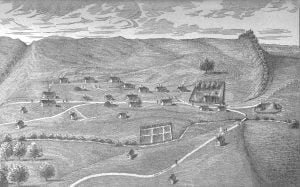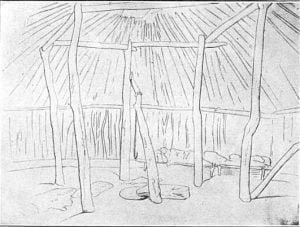Biography of Alice C. Fletcher
Fletcher credited Frederic Ward Putnam for stimulating her interest in American Indian culture. She studied the remains of the Indian civilization in the Ohio and Mississippi valleys, became a member of the Archaeological Institute of America in 1879, and worked and lived with the Omahas as a representative of the Peabody Museum of Archaeology and Ethnology, Harvard University. These times marked the beginning of her 40-year association with an Omaha named Francis La Flesche. They collaborated professionally and also had an informal mother-son relationship. They lived together in Washington, D.C., beginning in 1890. In 1883 she was appointed special agent … Read more







